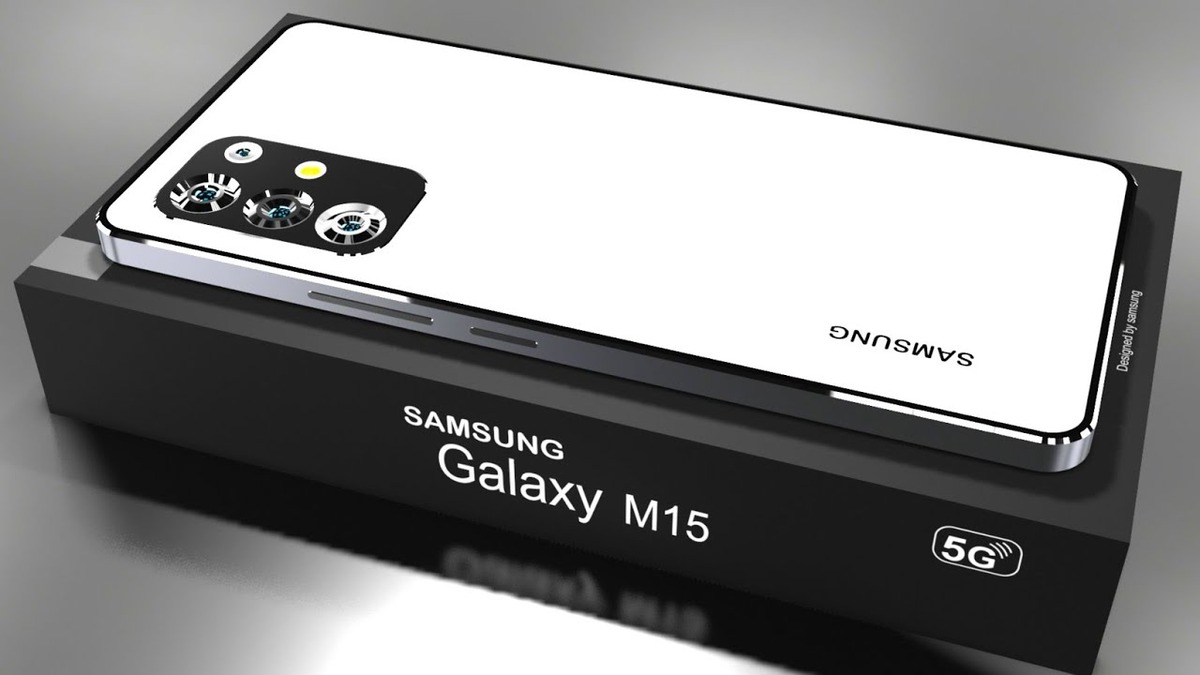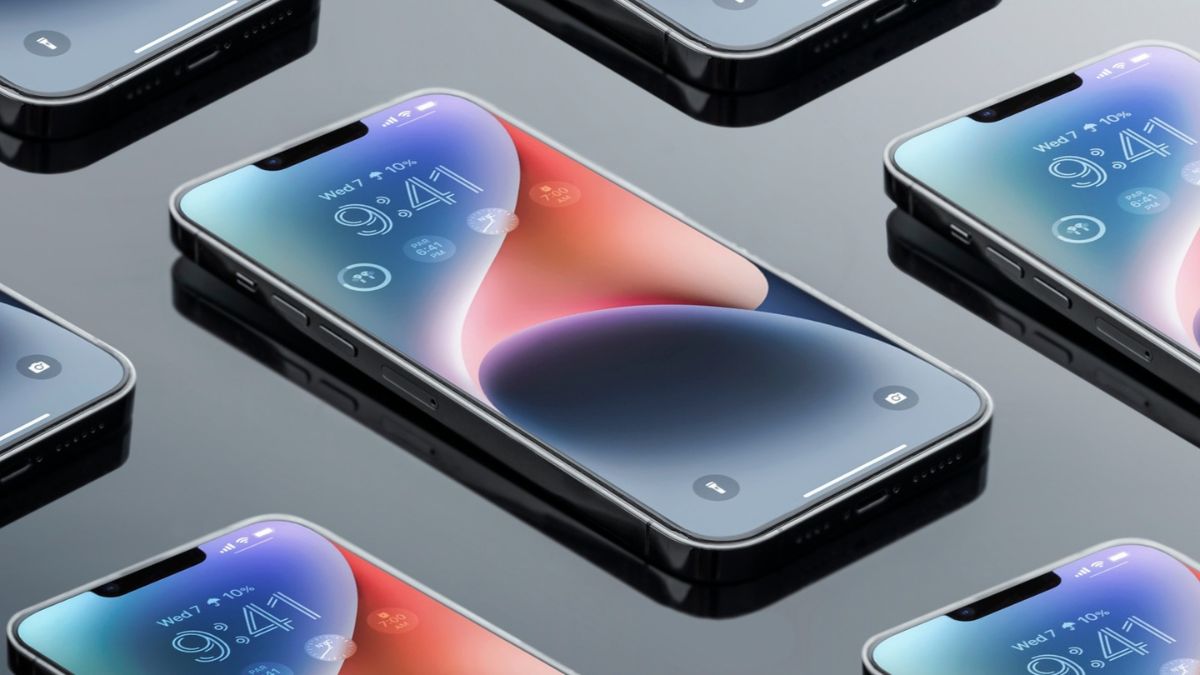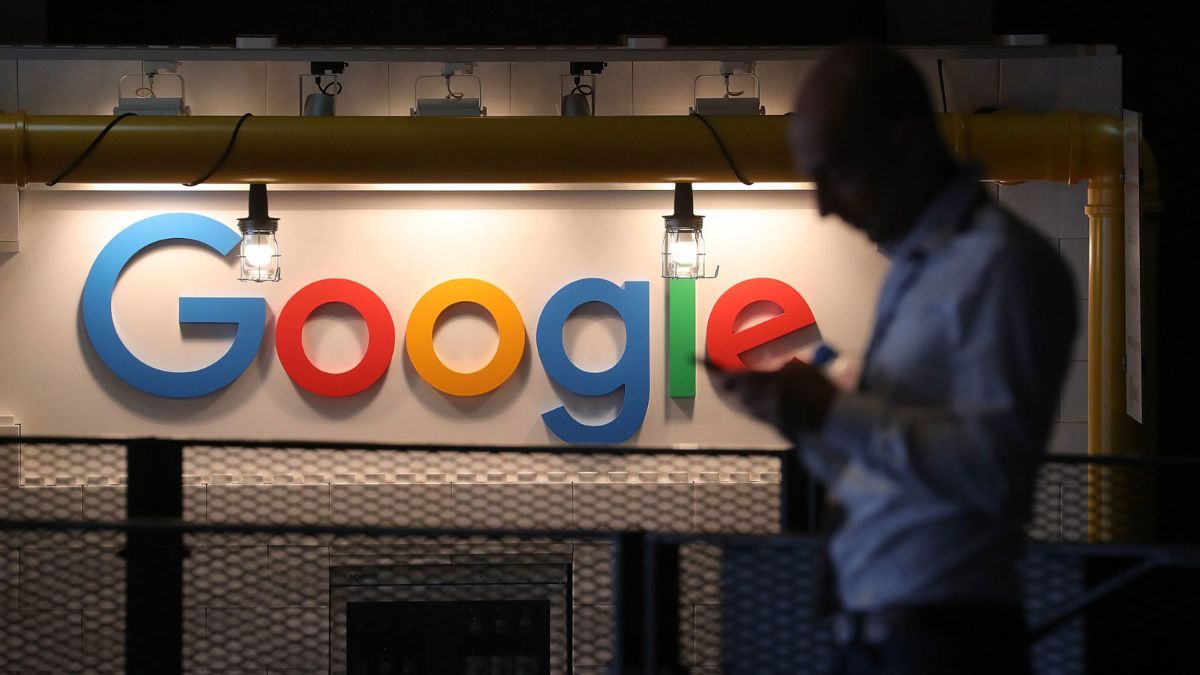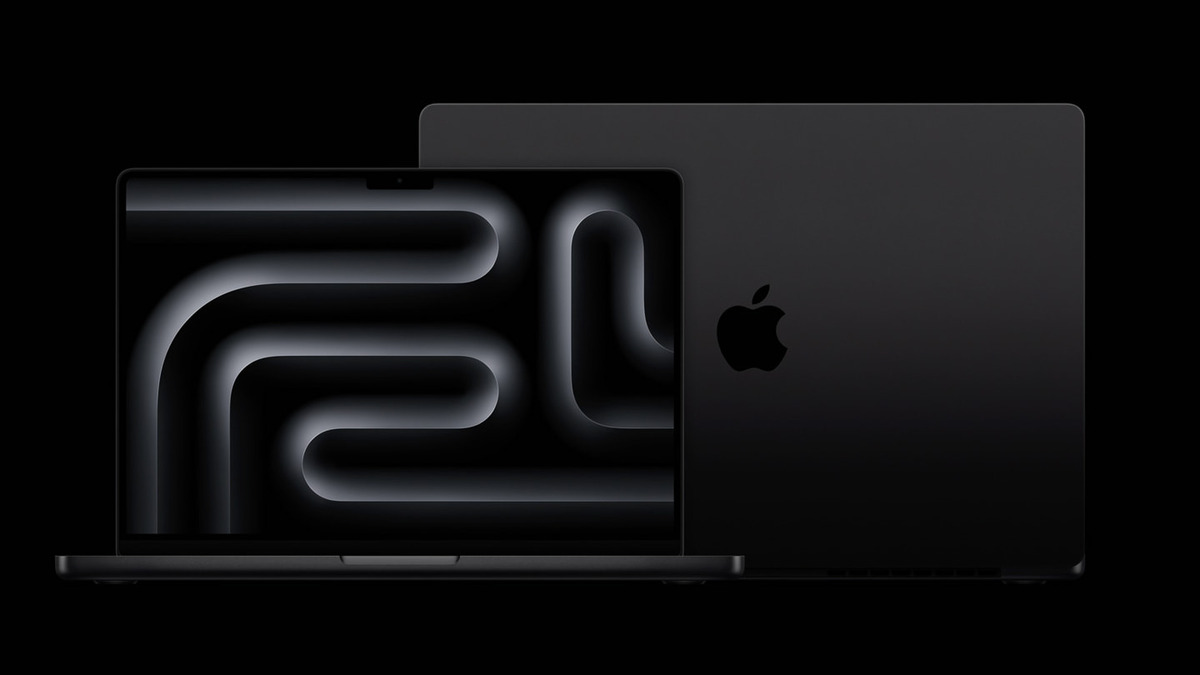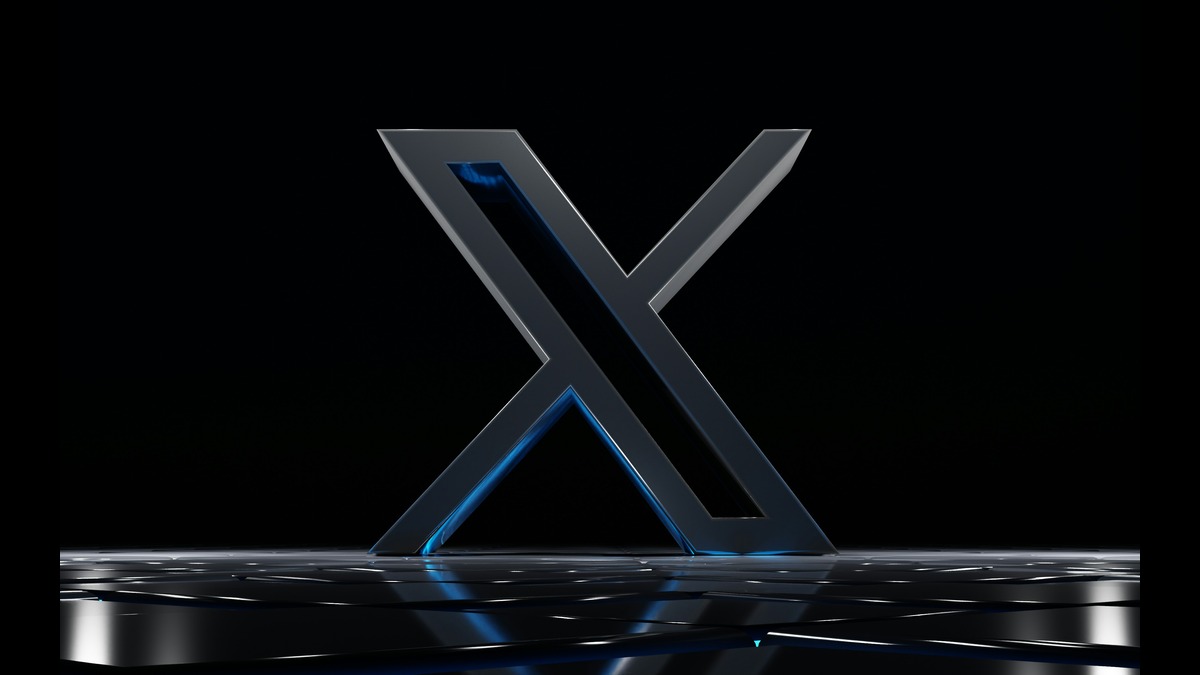Do Wireless Charging Damages Smartphone's Battery?
November 10, 2023 By Raulf Hernes
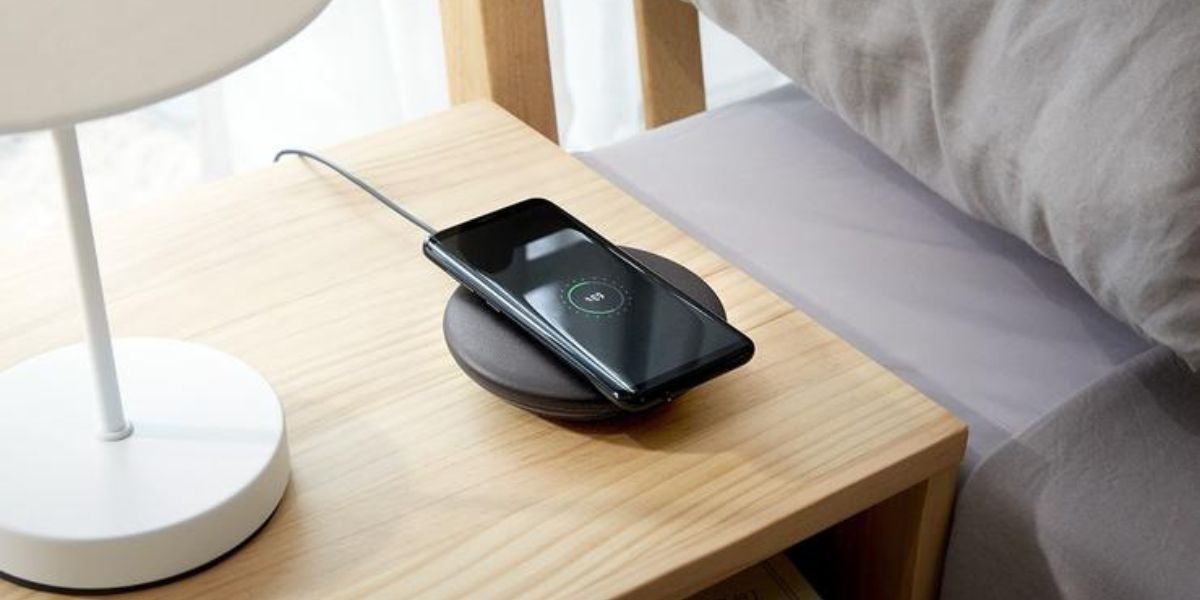
(Image Credit Google)
Wireless charging can adversely affect a smartphone's battery life. Therefore, a smartphone user must consider various factors.
Lately, premium and upper mid-range smartphones are equipped with wireless charging features, allowing users to keep their battery charged throughout the day. However, although the feature is convenient, wireless charging can adversely affect your smartphone's battery life.
Is Wireless Charging Good or Bad for Battery Health?
Wireless charging doesn't affect battery directly but, it generates heat which can potentially affect the battery health. Balancing wireless and occasional wired charging, avoiding high temperatures, and using quality charging pads helps preserve battery life.
Ultimately, wireless charging can be a good choice for convenience, but it's essential to use it judiciously and be mindful of factors like heat generation to ensure the overall health of your device's battery.
How Wireless Chargers Work?
Wireless charging operates on the principle of electromagnetic induction, where coils in both the charging pad and the device create a magnetic field. When you place your device on the charging pad, the coil in your device detects this magnetic field, which induces an electric current in its coil. This current is then converted and regulated to charge the device's battery.
Once the battery is fully charged or reaches a predetermined level, the charging process stops, preventing overcharging.

How to maintain long smartphone battery life?
Frequently top up your battery
Smartphone batteries perform best when you charge them between 20 to 80% and not up to 100% frequently. So, topping up your battery during the day is better than charging it overnight. Also, don't leave a battery-powered device fully charged if you won't use it for a few weeks.
Keep your device cool
Exposing a smartphone to extreme temperatures (hot and cold), like keeping it under a pillow while charging or exposing it to the sun, can degenerate its battery. Therefore, Apple recommends keeping its phones at not more than 95° F or 35° C and its ideal range is lower than 62° to 72° F or 16° to 22° C.
Minimize using super-fast charging
Super fast charging impacts battery health, as forcing more power increases heat output, depending on the device used. For example, you can use a 10W or 18W charger instead of a 65W or 150W charger to prevent overheating. This applies to both wired and wireless chargers.
If your device battery stops working, replacing it is cheaper than buying a brand new smartphone, and brands charge below $100, including taxes and labor for a battery replacement. To continue using your smartphone for more than five years, consider replacing its battery during its warranty period.
